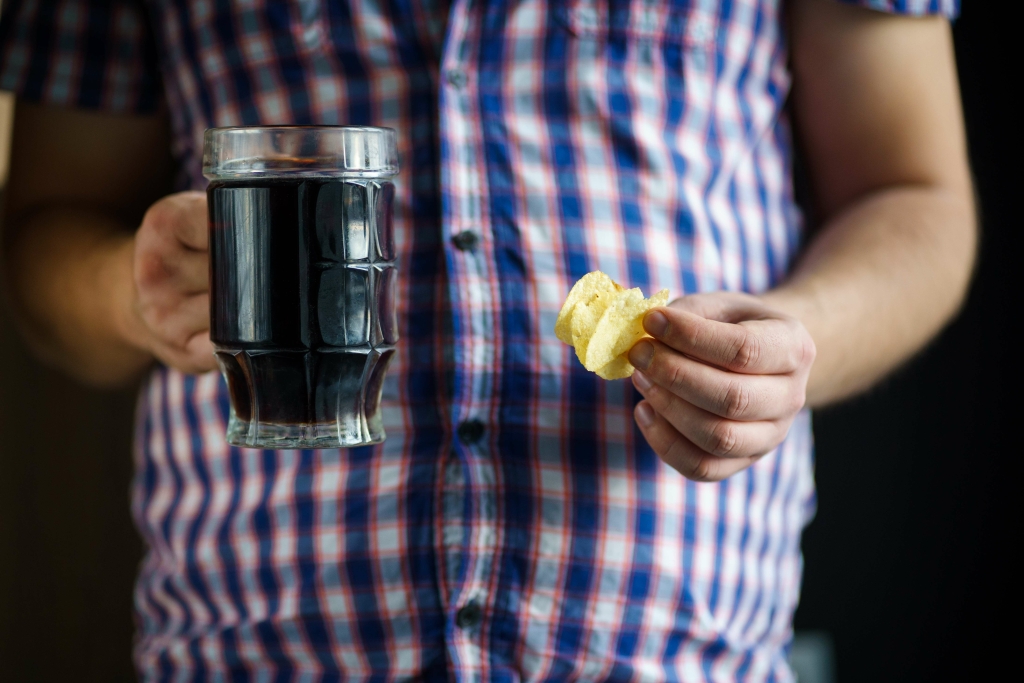Study GAD-3 had a starting dose of 30 mg once daily for 1 week before increasing it to 60 mg once daily. In all four trials, CYMBALTA demonstrated superiority over placebo as measured by improvement in the 17-item Hamilton Depression Rating Scale (HAMD-17) total score (see Table 8). There is no evidence that doses greater than 60 mg/day confer additional benefits. Limited data are available on the effects of CYMBALTA in patients with end-stage renal disease (ESRD).
12 Clinically Important Drug Interactions
This is especially true for heavy drinkers or those with a history of liver disease. Yes, drinking alcohol while taking Cymbalta can significantly increase the risk of worsening depression and suicidal thoughts. Alcohol is a depressant that can intensify negative emotions and thoughts, potentially leading to a dangerous decline in mental health while on this medication. Beyond the immediate risks, mixing Cymbalta and alcohol can also interfere with the effectiveness of the medication.
- Children and adolescents should have height and weight monitored during treatment.
- That’s why it’s important that you have a comprehensive treatment for depression beyond a prescription.
- This creates a concerning scenario where a person’s depression might deepen, potentially increasing suicidal thoughts, a risk already present with antidepressant medications like Cymbalta.
- Many notice some improvement in sleep, energy, appetite or pain within 1-2 weeks.
- If you’re having a mental health emergency, call 911 or go to the nearest emergency room.
Dosage for Treatment of Chronic Musculoskeletal Pain in Adults
- Additionally, the benefit of up-titration in non-responders to CYMBALTA at 60 mg/day was evaluated in a separate trial (Study FM-3).
- When you drink alcohol, dopamine is released in your brain, making you feel good or happy.
- Gastric lavage with a large-bore orogastric tube with appropriate airway protection, if needed, may be indicated if performed soon after ingestion or in symptomatic patients.
- Because duloxetine is highly bound to plasma protein, administration of CYMBALTA to a patient taking another drug that is highly protein bound may cause increased free concentrations of the other drug, potentially resulting in adverse reactions.
Patients with these diagnoses were generally excluded from clinical studies during the product’s premarketing testing. There were suicides in the adult CYMBALTA trials, but the number was not sufficient to reach any conclusion about CYMBALTA effect on suicide. At least 14 days should elapse between discontinuation of an MAOI intended to treat psychiatric disorders and initiation of therapy with CYMBALTA. Conversely, at least 5 days should be allowed after stopping CYMBALTA before starting an MAOI intended to treat psychiatric disorders see Contraindications (4). Decreased weight of at least 3.5% occurred more frequently in patients 7 to 17 years of age with GAD and/or MDD. Decreased appetite occurred more frequently in patients 13 to 17 years of age with fibromyalgia.
16 Sexual Dysfunction
You should never stop taking Cymbalta or any other medication abruptly without consulting with your doctor. If you experience side effects or have concerns, it’s essential to seek medical advice. Mixing alcohol with any type of medication is almost always not a good idea. When it comes to antidepressants, like Cymbalta, doctors recommend that you stay away from alcohol as it can lead to harmful interactions in the body, increasing the risk of short- and long-term issues. Many people enjoy having a drink or two when they are out to dinner with friends or sipping a glass of wine at the end of the day. Mixing alcohol and Cymbalta can lead to severe health problems and even result in death.
Duloxetine
Duloxetine has no significant affinity for dopaminergic, adrenergic, cholinergic, histaminergic, opioid, glutamate, and GABA receptors in vitro. However, fetal weights were decreased at this dose, with a no-effect dose of 10 mg/kg/day (approximately equal to the MRHD in rats and 2 times the MRHD in rabbits). In the CYMBALTA clinical trials database, three CYMBALTA-treated patients had liver injury as manifested by ALT and total bilirubin elevations, with evidence of obstruction. Substantial intercurrent ethanol use was present in each of these cases, and this may have contributed to the abnormalities seen see Warnings and Precautions (5.2, 5.12). In studies up to 9 months, CYMBALTA-treated pediatric patients experienced an increase in height of 1.7 cm on average (2.2 cm increase in patients 7 to 11 years of age and 1.3 cm increase in patients 12 to 17 years of age). While height increase was observed during these studies, a mean decrease of 1% in height percentile was observed (decrease of 2% in patients 7 to 11 years of age and increase of 0.3% in patients 12 to 17 years of age).
If you are thinking about trying Cymbalta for depression, anxiety, or other illness, discuss your options with your doctor. Be sure to ask whether or not it is okay to drink or take other medications while you are taking Cymbalta. Follow all directions on your prescription label and read all medication guides or instruction sheets. Duloxetine is also used in adults to treat nerve pain caused by diabetes (diabetic neuropathy), or chronic muscle or joint pain (such as low back pain and osteoarthritis pain).
Paying for Treatment
Both substances can independently cause dizziness, drowsiness, and impaired judgment. When combined, these effects are often magnified, leading to a heightened risk of accidents and injuries. Alcohol withdrawal can be challenging, but our medically supervised detox programs make the process as safe and comfortable as possible.
Alcohol can make symptoms of depression worse, particularly over time. Cymbalta, while an antidepressant, can sometimes lead to an increase in depression. If you’re using alcohol regularly while also on Cymbalta, the alcohol may change the way your body uses the medicine or alter your brain chemistry to increase your depression. If you are concerned about your alcohol intake or want to reduce your consumption, your doctor can also help. Treating underlying conditions such as depression and anxiety can be helpful, but your doctor may also recommend additional treatments such as therapy or medications designed to help reduce alcohol cravings and withdrawal symptoms.
Otherwise, if you feel you’re not having problems with the amount of alcohol you consume, speak to your physician regarding the amount of alcohol that you actually can drink while you’re on a Cymbalta regimen. The FDA reports that alcohol has depressive effects on the nervous system and can interfere with the positive effects Cymbalta has on the brain, thus making treatment less effective. Shannon Weir, RN is the Chief Nursing Officer at Gallus Medical Detox Centers. She has been a Registered Nurse for 30 years, Shannon’s experience ranges from critical care to flight nursing, medical detox, sexual assault exams, and SWAT nursing. Shannon has been with Gallus Medical Detox Centers since 2010 and is a vital part of our organization. Experiencing any of these symptoms after mixing Duloxetine and alcohol should prompt an immediate call to your doctor.

Results of in vitro studies demonstrate that duloxetine does not inhibit CYP2C19 activity at therapeutic concentrations. Inhibition of the metabolism of CYP2C19 substrates is therefore not anticipated, although clinical studies have not been performed. Results of in vitro studies demonstrate that duloxetine does not inhibit activity. In a clinical study, the pharmacokinetics of S-warfarin, a CYP2C9 substrate, were not significantly affected by duloxetine see Drug Interactions (7.4). When CYMBALTA was administered (at a dose of 60 mg twice daily) in conjunction with a single 50 mg dose of desipramine, a CYP2D6 substrate, the AUC of desipramine increased 3-fold see Warnings and Precautions (5.12).
Adult patients were initially treated with CYMBALTA 60 mg once daily for eight weeks in open-label fashion. Subsequently, completers of this phase were randomized to double-blind treatment with CYMBALTA at either 60 mg once daily or 120 mg once daily. Responders were defined as patients who had at least a 30% reduction in pain score from baseline at the end of the 8-week treatment.
If you take the medication consistently as prescribed, the side effects should get better over time. Ozempic (semaglutide) has become a popular medication is mixing cymbalta and alcohol safe used to treat type 2 diabetes and help with weight loss. Some people may be concerned about whether the medication interacts with alcohol. There have also been reports of Ozempic lowering cravings for alcohol. You may not need to avoid alcohol while taking Ozempic, but there are certain risks and side effects to consider. According to the CDC, the safe allowance for alcohol consumption depends on the person’s weight, age, and gender.






